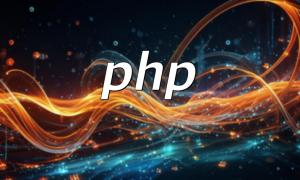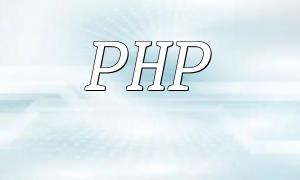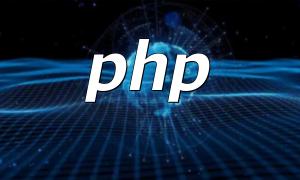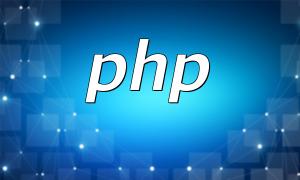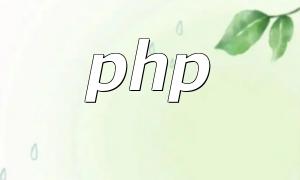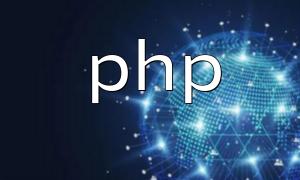In PHP development, different frameworks offer different architectures and features, and understanding these differences is crucial when choosing the right framework. This article dives into the architectural designs, feature sets, performance differences, and community support of PHP frameworks, helping developers make better-informed decisions.
PHP frameworks typically follow one of these architecture patterns: MVC, HMVC, and Fluent API.
The MVC architecture is one of the most common design patterns, where data is handled by the Model, the View is responsible for presenting the data, and the Controller manages the interaction between the two. Frameworks like Laravel and CodeIgniter use this architecture.
HMVC is an extension of MVC that supports nested controllers, enhancing modularity and code reuse. It is suitable for large applications. CakePHP and Kohana are two popular frameworks that use this architecture.
Fluent API uses method chaining to simplify the configuration and operation of framework components. This architectural design makes the code more concise and easier to understand. Symfony and Yii are two major frameworks that follow the Fluent API pattern.
Different PHP frameworks offer several common features to simplify web application development.
ORM allows developers to interact with databases using objects, making database operations more intuitive and efficient. Eloquent (Laravel) and Doctrine (Symfony) are popular ORM implementations.
Routing helps the framework assign requests to the appropriate handler or controller and also supports dynamic URL generation. Laravel’s routing system and CodeIgniter’s Restful routing are typical examples of this feature.
PHP frameworks usually come with built-in form validation to ensure that user input is correct. Laravel’s Validator and Symfony’s Form component provide robust form validation support.
Authentication and authorization are crucial features for web applications. Laravel’s Auth and Symfony’s Security components offer powerful user authentication and permission management functionalities.
Template engines help developers easily generate dynamic views. Blade (Laravel) and Twig (Symfony) are two commonly used template engines, both offering flexible and powerful features.
Performance is a critical factor when choosing a framework, especially for high-load applications.
Framework performance can vary depending on the workload of the project. Generally, Laravel and Symfony perform well in various benchmarking tests and are suitable for complex application requirements.
Cache mechanisms can significantly improve application response times. Both Laravel and Symfony provide efficient caching solutions to help boost web application performance.
The activity level of a framework’s community and the level of support it offers is also important for developers.
A solid documentation system helps developers get up to speed quickly. The framework’s community forums, tutorials, and developer participation are also key factors when choosing a framework.
When selecting a PHP framework, developers need to consider several factors, including the project size, required features, performance needs, and the level of community support for the framework.
The differences between PHP frameworks mainly lie in their architecture, feature sets, performance, and community support. Developers should choose the most suitable framework based on the specific needs of their projects.
